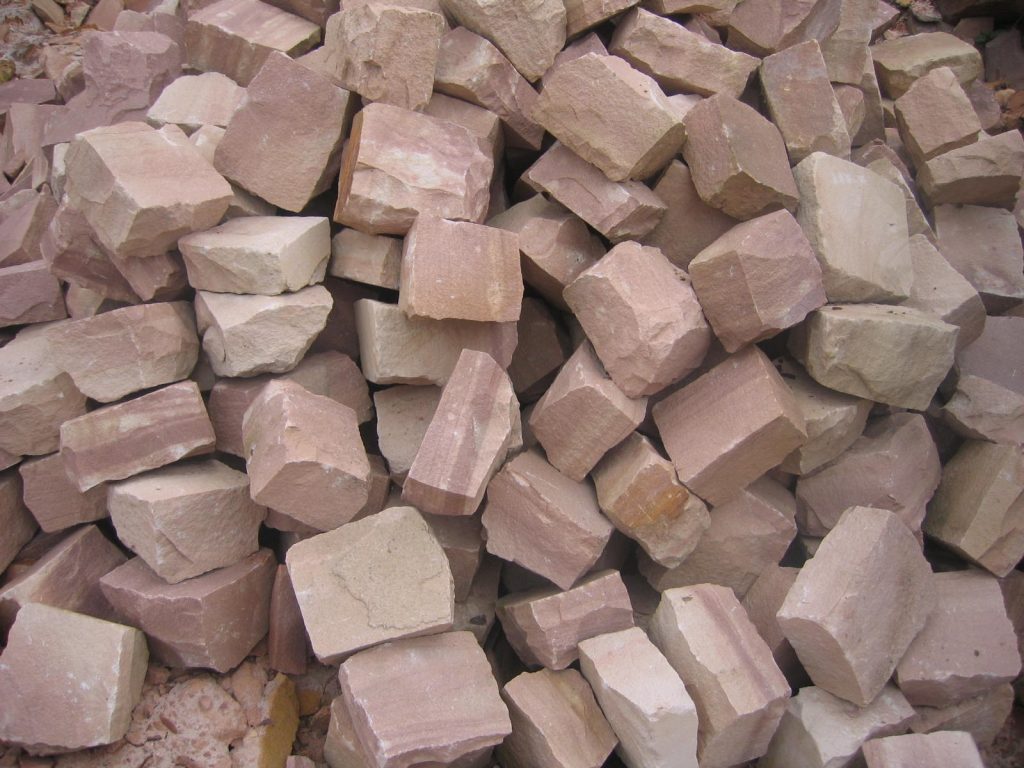Rev. Bras. Ciênc. Solo.2020;44:e0200019.
Contribution of the chemical and mineralogical properties of sandy-loam tropical soils to the cation exchange capacity
18/Aug/2020
DOI: 10.36783/18069657rbcs20200019
Graphical Abstract

Highlights
Contribution of soil inorganic constituents to the CEC varies from 24 to 67 %.
Contribution of SOM to the CEC ranges from 32 to 84 %.
Cation exchange capacity of the clay size fraction increases with decreasing clay content.
The sH was may be calculated based on SOM and inorganic fraction.
The ECEC is better determined with a CaCl2 1 mol L-1 (pH ~5.6) non-buffered solution.
ABSTRACT
Soils originating from the Caiuá sandstone formation have low soil organic matter (SOM), clay content, and cation exchange capacity (CEC). The predominance of one component over the other might decisively influence the CEC of these soils. Particle size distribution and selective dissolution procedures associated to a suit of methods to determine the exchangeable capacity properties might clarify the relative importance of each soil component. The objective of this work was to evaluate the contribution of the different components of the solid fraction and their intrinsic attributes to the CEC of sandy-loam soils and their relation to the total organic carbon (TOC), C:N ratio, and soil mineralogy. For this purpose, 34 soil samples were selected from the Caiuá sandstone formation with significant variation in the carbon content. Clay size fraction was characterized by X-ray diffraction, routine chemical analysis, and total specific surface area-SSA T using EGME, before and after the removal of SOM with sodium hypochlorite solution. Different values of CEC and effective cation exchange capacity (ECEC) were determined following standard procedures. The soils presented high sand content (82.9 ± 5.9 %) and the mineralogy of the clay fraction is dominated by kaolinite (>80 %) with the presence of illite, 2:1 clay minerals, and small amounts of iron and aluminum oxides. The CEC and ECEC values at pH 7.0 and ~5.6, respectively due to the SOM are 408.6 and 148.7 cmol c kg -1 of carbon, respectively. The SOM was responsible for 32 to 84 % (average 52 %) and 24 to 67 % (average of 46 %) of the CEC and ECEC of the soils, respectively. The CEC and ECEC of the inorganic fraction are 2.32 and 0.78 cmol c kg -1 of minerals, respectively. The CEC of the clay fraction increased with the TOC but decreased exponentially with the clay content. The total carbon content increased linearly with the C/N ratio. The SSA T showed a significant (p<0.05) and positive correlation with the TOC and with the CEC of the soils.
575

